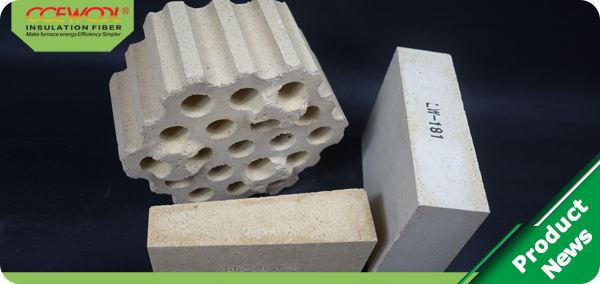
Nov. 23, 2016
Kiln fire bricks corrosion resistance refers to the features and characteristics that the kiln refractory bricks at high temperatures to resist corrosion and erosion from various corrosive medium. These corrosive media include various slag (blast furnace, electric furnace, converter, refining furnace, non-ferrous metal smelting furnace, calciner, reactor), fuel, ash, fly ash, iron scrap, lime, cement clinker, alumina clinker, Waste, liquid molten metal, glass melt, acid and alkali, electrolyte, all kinds of gaseous substances (gas, CO, sulfur, zinc and alkali vapor).

There are internal and external factors that can affect the corrosion resistance of kiln fire bricks. The internal elements include: refractory brick chemistry, mineral composition, refractory brick organization planning and other functions; External factors are: the nature of corrosive media, the use of conditions (temperature, pressure, etc.) and mutual interaction between corrosive media and firebricks.
(1) The chemical, mineral composition of refractory bricks. The different material with different chemical composition has different level corrosion resistance, acid refractory bricks has good corrosion resistance on acidic corrosion medium, and alkaline refractory bricks has weak feature to resist the corrosion of acidic medium.
(2) Organization planning of refractory brick. This mainly refers to the distribution and connection of each phase in the refractory bricks, and the situation of pores quantity, size, shape and distribution.
(3) The volume density, apparent porosity, thermal shock resistance, oxidation resistance, high temperature volume stability of the kiln fire bricks have great influence on its corrosion resistance. Materials with high bulk density and low porosity have better corrosion resistance; when the materials with poor thermal shock resistance are subjected to thermal shock, cracks or cracks fall, so that the corrosive medium enters the interior of the material, Resulting in its lower corrosion resistance; carbon-containing refractory bricks with poor oxidation resistance, decarburization layer will appear after the surface oxidation, easy to fall, so that lower the corrosion resistance feature; the materials with feature of poor high temperature volume stability, will also lower its corrosion resistance in general.
CCEWOOL kiln fire bricks can provide a full range of refractory insulation materials and solutions according to different parts and industry. Next week we will continue to introduce the factors that affect the corrosion resistance of kiln fire bricks, in addition we will talk about ways to improve corrosion resistance. We hope tt is helpful to the furnace builder.
